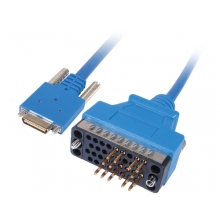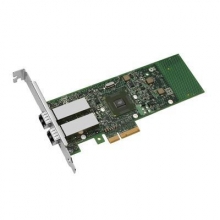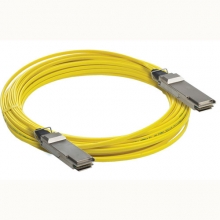- Optical Transceivers
- SFP+ Transceivers
- XENPAK Transceivers
- XFP Transceivers
- X2 Transceivers
- SFP Transceivers
- Compatible SFP
- 3Com SFP
- Alcatel-Lucent SFP
- Allied Telesis SFP
- Avaya SFP
- Brocade SFP
- Cisco SFP
- D-Link SFP
- Dell SFP
- Enterasys SFP
- Extreme SFP
- Force10 SFP
- Foundry SFP
- H3C SFP
- HP SFP
- Huawei SFP
- Intel SFP
- Juniper SFP
- Linksys SFP
- Marconi SFP
- McAfee SFP
- Netgear SFP
- Nortel SFP
- Planet SFP
- Q-logic SFP
- Redback SFP
- SMC SFP
- SUN SFP
- TRENDnet SFP
- ZYXEL SFP
- Other SFP
- FE SFP
- GE SFP
- OC3 SFP
- OC12 SFP
- OC48 SFP
- Copper SFP
- CWDM SFP
- DWDM SFP
- BIDI SFP
- Fiber Channel SFP
- Multi-Rate SFP
- SGMII SFP
- Compatible SFP
- GBIC Transceivers
- Passive Components
- Networking
- Cables
- Equipments
- Tools
- Special Offers


Fiber Optic Video Transmission
Fiber Optic Video Transmission is Booming While Waiting for Hospital operating rooms in cinemas, Traffic Control Center to become high quality video is ubiquitous, and in a growing number of demanding applications,optical fiber cables, such as the distribution vehicle choice.
IP networks and opportunities for content distribution on Cat-5 and other simple, low cost cabling, have been much attention in recent years. However, more and more users and developers and integrators that are used these days to decide that the benefits of fiber can not simply be denied.
And even as businesses in the commercial, industrial, governmental and educational surges, watching the players with the anticipation of growth much higher than could follow if the slowdown in the development of the fiber to the home (FTTH) buildout gathers steam this year as expected by many.
Verizon has a plan for $20 billion spent on stringing fiber to six million customers in 2006 announced the land cost. French Telecom, Alcatel continues its acquisition of Lucent, is a dynamic player in FTTH. Telecoms see a greater capacity of new fiber as the key to the so-called “triple play”, the ability to offer voice, data, video and consumer on a connection.
Defenders of fibers, perhaps the future growth similar to past experience through the projection and display markets LCD, plasma and rear-projection TV Mainstream a sudden jump of thousands of units sold per year, tens of millions.
But few companies in the fiber to wait. In fact, according to Fred Scott, Vice-President, Broadcasting and fiber products for GE Pro AV, while many other market segments are booming in the here and now, FTTH is just testing the waters.
Scott gives the example monitoring. “There is an overwhelming need to begin now to see what happens everywhere in the subway stations, bus terminals,” he said. “All these monitoring devices in many cases to a central area of a fiber run-Feed. ”
military users are also committed to large-scale networks of optical fiber, according to Scott. “There are a number of institutions that have pulled all its control rooms on the optical fiber,” he said. “The number one reason for this is no one to monitor or tap into the signal content . Government, research, and others must be supplied with fiber insulation in the region, or a rack of equipment to another. ”
Don Hosmer, National Sales Manager at VOSCOM, also refers to security as a powerful attraction of the fiber. “We can not look at the data onto the fiber, without physically touching the wire,” he commented.
The quality problems are often just as important, and account for the rise in another area of CITES Hosmer strong growth: medical imaging. “Everything is moving dramatically to high definition,” said Hosmer, while applications such as video-endoscopy, surgical video, and telemedicine.
“In these applications, you need to maintain color accuracy, and if you compress the video you may have to be a problem,” Hosmer said, adding that uncompressed video data via fiber travel.
A fundamental decision on the users of each network is whether the network components wired together or connect them with a strategy based on the Internet. For direct connection of sites, premises and facilities, the choice often comes down to coaxial cable or fiber optics. Many organizations will have many other activities that may interfere with electronic signals over networks of coaxial or twisted pair, but not in the fiber.
“Fiber gives a solution for a variety of institutions that have problems when you try to perform any type of copper solution,” said Scott. “Committees Dimmer electricity, lighting, might affect an entire copper plant, but if you do it on the fiberglass, it is no problem.”
As the fiber makes its way into the business more and more, technology can also misunderstood Ace in the Hole. Hosmer recalls: “In the dot-com era, the people of telecommunications has attracted lots and lots of fiber.” The “dark” fiber was left, like many of his owner went bankrupt, he said, but TODAY ‘Today, “it is always there, ready to be lit.



















































